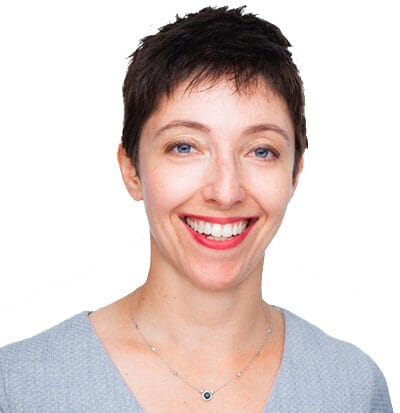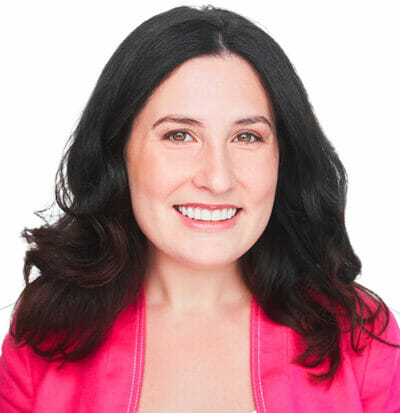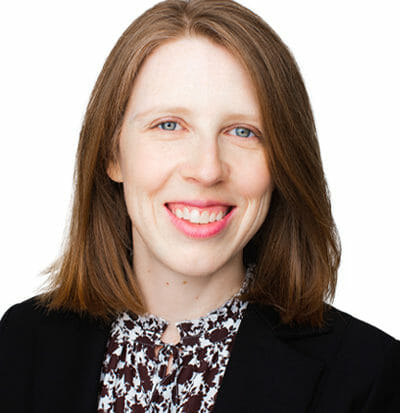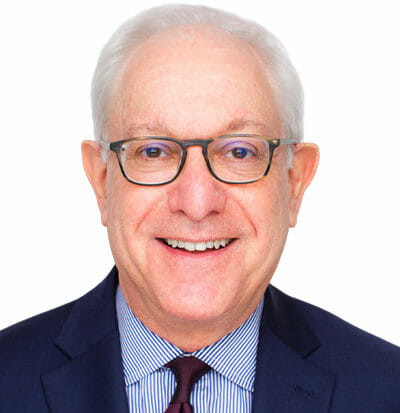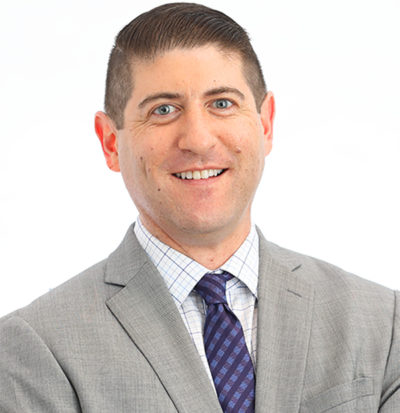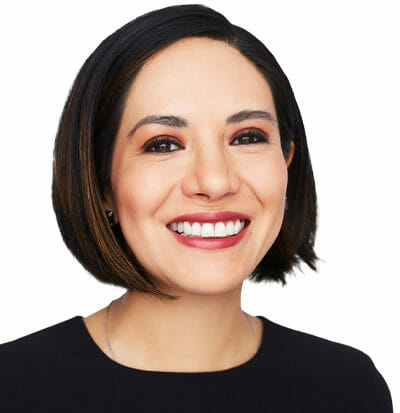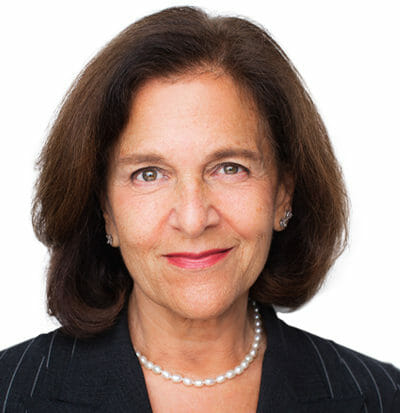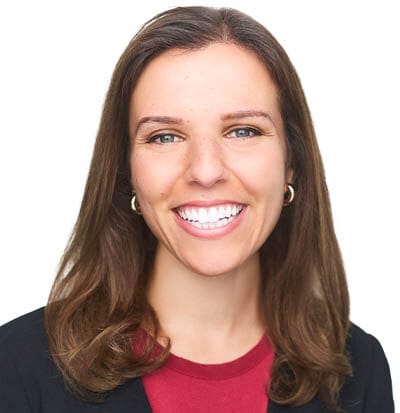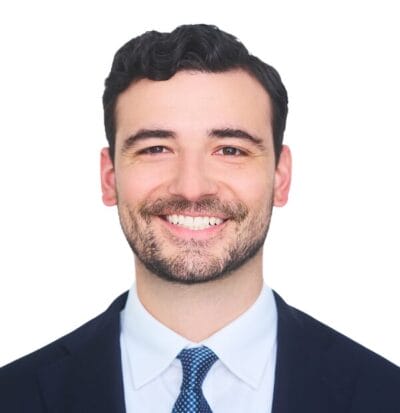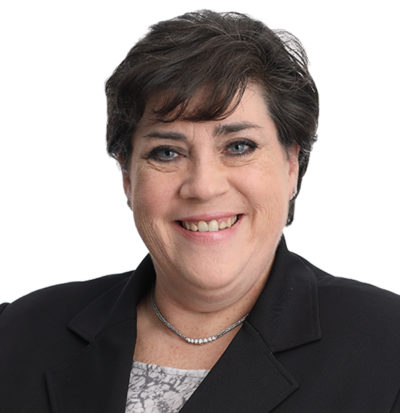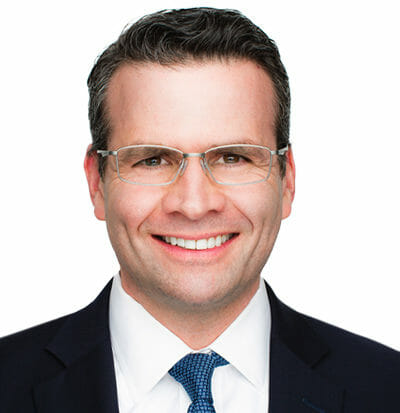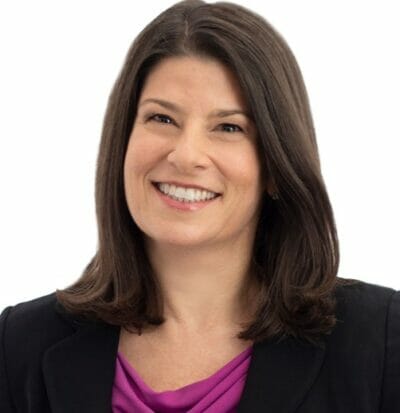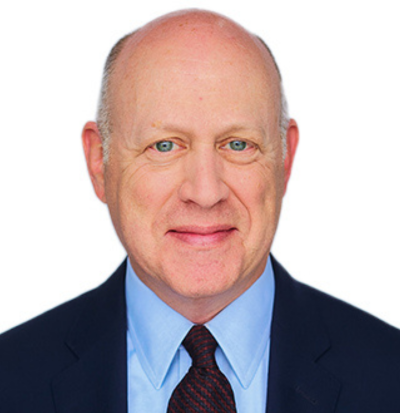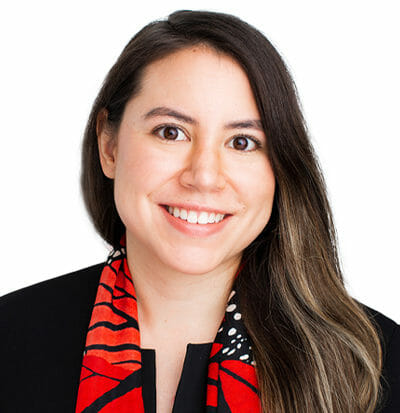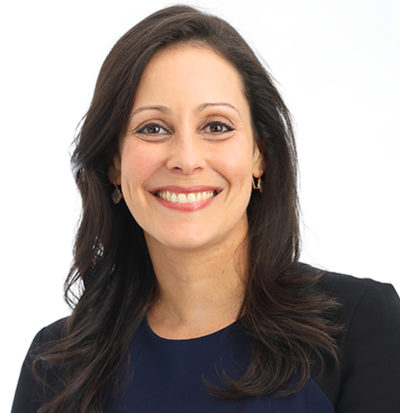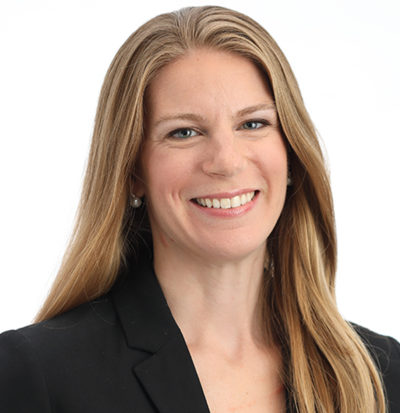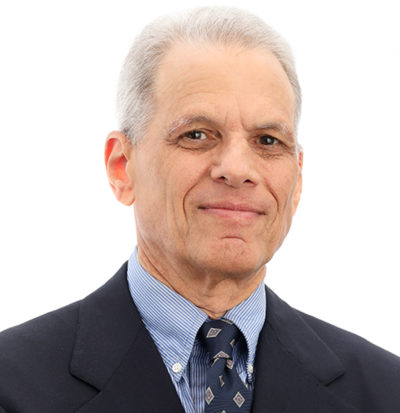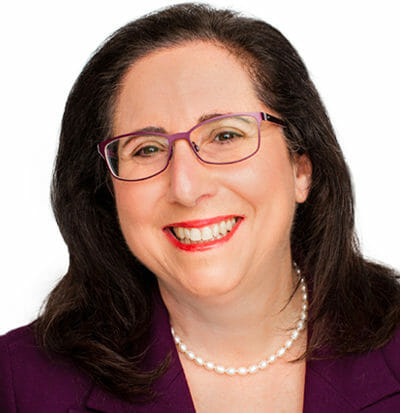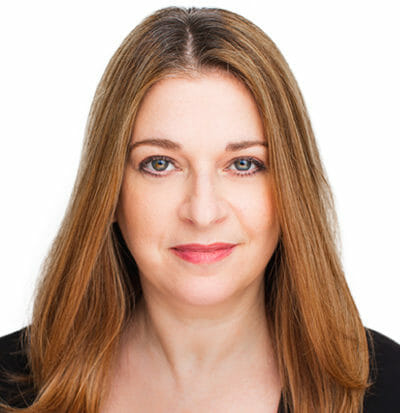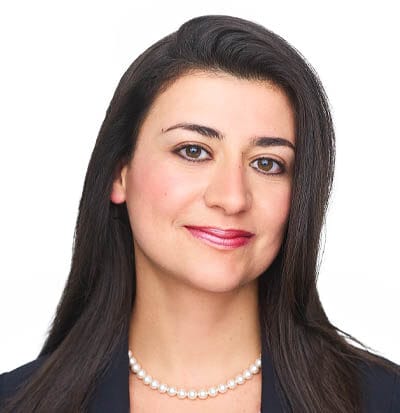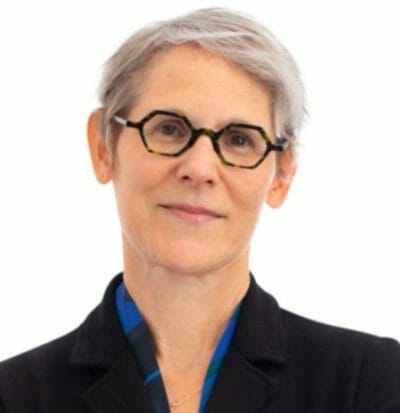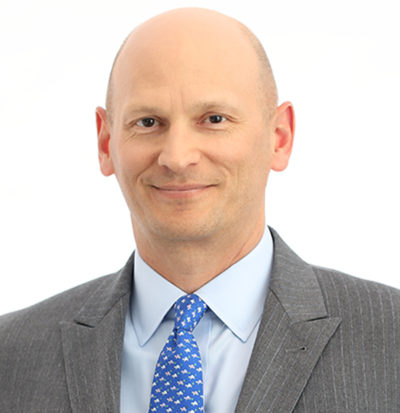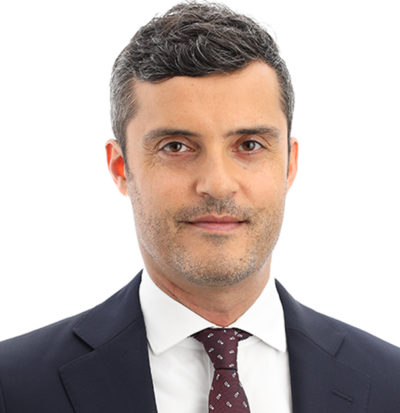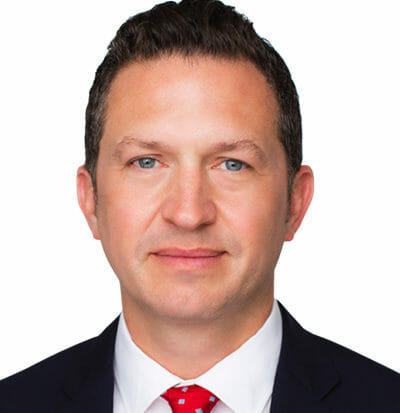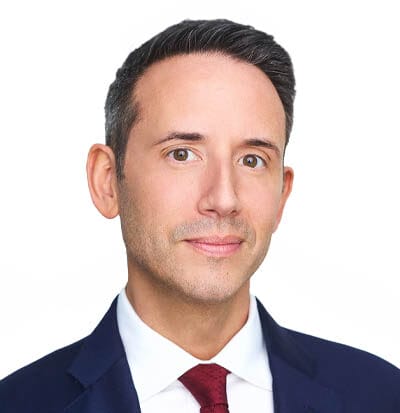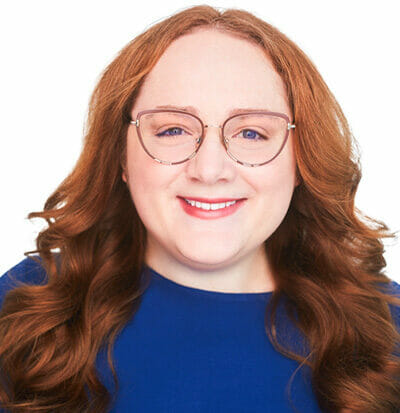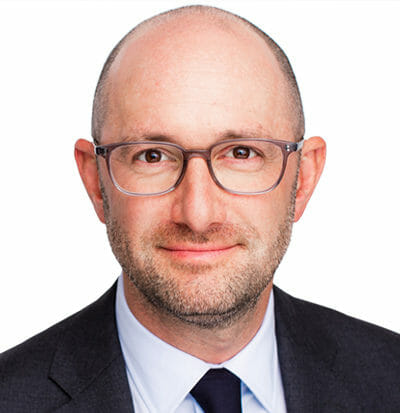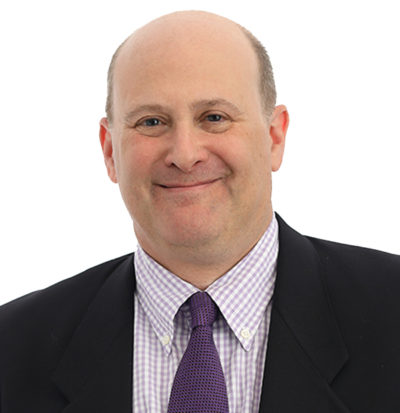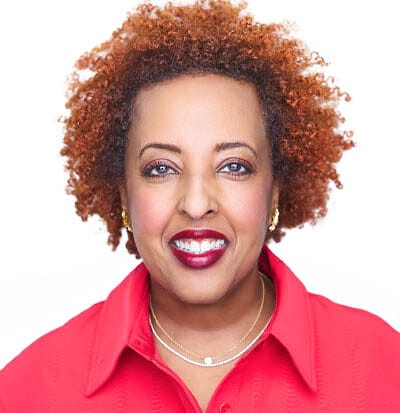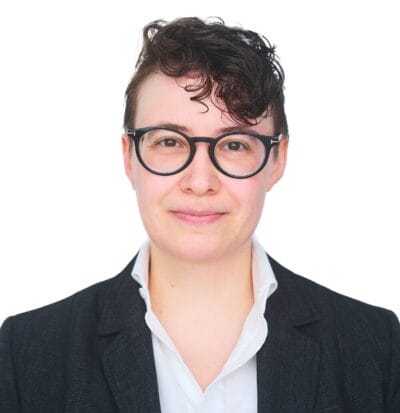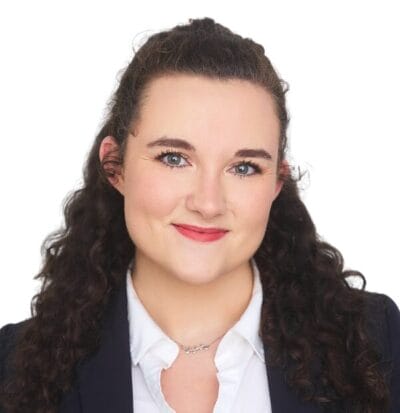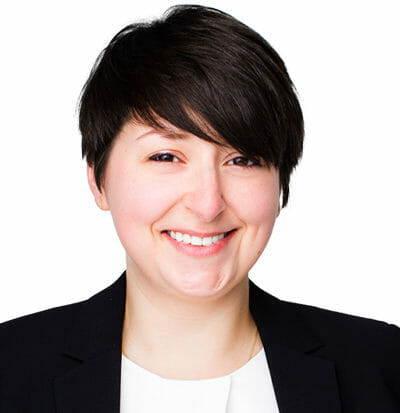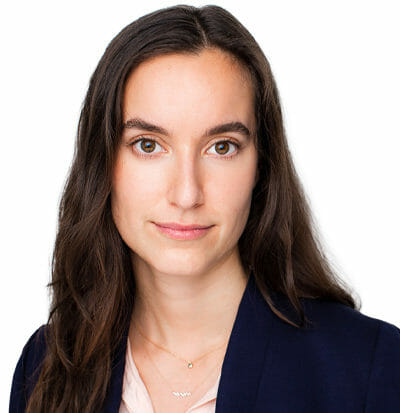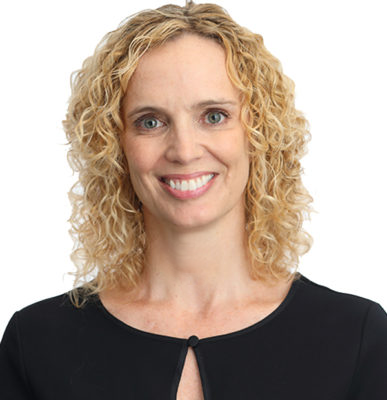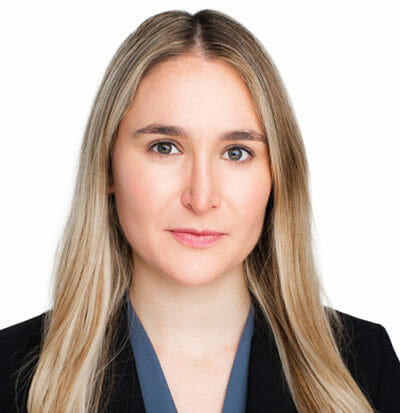Google LLC v. Oracle America, Inc., 593 U.S. ____ (2021)
This April, the U.S. Supreme Court resolved a decade-long dispute between tech giants Google and Oracle. The Court found in Google’s favor, holding that its copying of source code from Oracle’s Java SE platform for its Android operating system was fair use under Section 107 of the Copyright Act.
The case concerns Google’s Android platform, which allows software developers to build applications for mobile devices. Because so many developers were already familiar with Oracle’s Java programming language, Google wanted to include portions of the Java SE Application Programming Interface (“API”) source code in its platform to make it easier for computer programmers to work with Android. More specifically, Google wanted to use the Java API “declaring code,” or the naming conventions and system of organization for the source code (which serves as a set of shortcuts for programmers). Google wrote its own “implementing code,” which tells the computer how to carry out tasks (or source code in the traditional sense).
Google sought to license the Java code from Sun Microsystems (Oracle’s predecessor) on four separate occasions. But after negotiations broke down, Google went ahead and built its Android platform using the Java declaring code. Oracle subsequently filed suit for, inter alia, copyright infringement. After over ten years of litigation, the case ended up at the Supreme Court.
Justice Breyer authored the majority opinion, holding that Google’s copying was fair use. The question of whether Oracle’s source code was entitled to copyright protection at all was left unanswered, with the Court assuming copyrightability for purposes of the fair use analysis.
In assessing whether Google’s use of the Java API declaring code constituted fair use, the Court considered the familiar fair use factors set forth in Section 107 of the Copyright Act:
- the purpose and character of the use, including whether such use is of a commercial nature or is for nonprofit educational purposes;
- the nature of the copyrighted work;
- the amount and substantiality of the portion used in relation to the copyrighted work as a whole; and
- the effect of the use upon the potential market for or value of the copyrighted work.
The decision placed heavy emphasis on the second factor, or “the nature of the copyrighted work.” Because the declaring code was “further than are most computer programs [such as implementing code] … from the core of copyright,” this factor favored fair use. As an example, the majority held that declaring code is “inextricably bound” with uncopyrightable ideas like organizing information. Further, the value of the declaring code lies not in the creativity of the code itself, but rather in its “efforts to encourage programmers to learn and use” the Java system through function names that are easy to remember.
The Court held that the other three factors also favored fair use. For the first factor (or “the purpose and character of the use”), the majority acknowledged that “Google copied portions of the … Java API precisely, and it did so in part for the same reason that Sun created those portions, namely, to enable programmers to call up implementing programs that would accomplish particular tasks.” Nevertheless, the Court found Google’s use was “transformative” because it used the code (created for use in desktop and laptop computers) to create a new tool for smartphones and mobile devices, which the Court considered to further the constitutional objective of copyright law – to encourage the creation of new works.
The majority held that the third factor (or “the amount and substantiality of the portion used”) also favored fair use. Although Google copied virtually all of the Java API declaring code (11,500 lines in total), the declaring code only amounted to 0.4% of the 2.86 million lines of the Java API code. Therefore, Google copied only a small portion of the total code.
Finally, the majority found that the fourth factor (“market effects”) also weighed in favor of fair use. In an arguable departure from prior market-harm analysis in fair use cases, the Court held that it “must consider the public benefits the copying will likely produce” and that such benefits must be “compared with the dollar amounts likely lost (taking into account as well the nature of the source of the loss).” The majority found that Google’s copying of the code had the public benefit of fostering the creation of new computer programs. In the Court’s view, this benefit outweighed any potential market harm to Oracle, which had tried and failed to achieve success in the smartphone market, for reasons unrelated to Google’s copying of its code. While the Court acknowledged that a decision in Oracle’s favor “could well prove to be highly lucrative to Oracle,” the Court expressed fear that it would create “a lock limiting the future creativity of new programs” to which “Oracle alone would hold the key,” which the Court held “would interfere with, not further, copyright’s basic creativity objectives.”
Justice Thomas authored a strongly-worded dissent, claiming that the majority should have considered the question of copyrightability, and that its failure to do so “distorts its fair use analysis.” The dissent argues that making a distinction between declaring and implementing code was improper. Because Congress has made clear that copyright law applies to computer code, all types of code (including both declaring and implementing code) are entitled to copyright protection. The dissenting opinion also focuses on the severe market harms to Oracle based on a loss of licensing revenues, noting that Google could have still used the code by negotiating a license first.
This decision may have a positive impact on the interoperability of software programs, but its effects on the tech industry may be limited given the narrow, fact-specific holding. The majority’s opinion makes clear that the decision applies only to the declaring code at issue, and not computer code generally. Therefore, software developers cannot freely copy others’ source code without fear of an infringement claim, and incentives to license software remain. For example, the Court’s holding would likely not apply to copying of the Java API implementing code, and it took Google over three years and 100 engineers to write its own version of this code.
Whether this opinion will have significant effects on copyright law outside of the context of software also remains to be seen. The majority explicitly states that the opinion “do[es] not overturn or modify our earlier cases involving fair use.” Regardless, it seems likely that copyright defendants in fields such as art, entertainment, and literature will argue that this case represents an expanded view of the fair use doctrine – especially with respect to the Court’s analyses of what types of uses may be considered “transformative” under the first factor and of whether the alleged public benefits of an otherwise-infringing use must be weighed against market harm to the copyright owner under the fourth factor.

